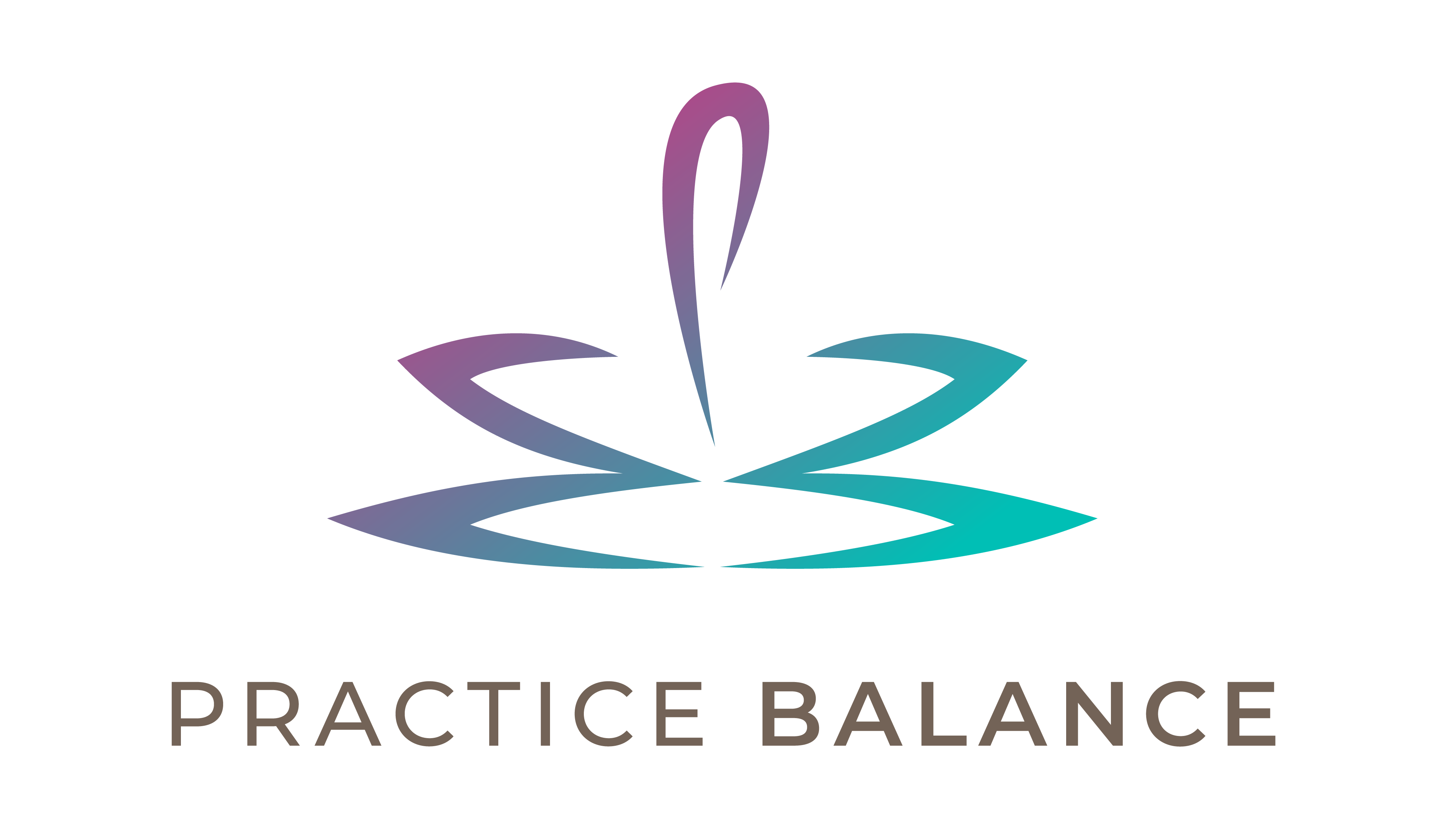
Lots of people write about balance. The January 2014 issue of Real Simple magazine was all about balance, so of course I had to read it (delayed a few months, checked out from the library). Here is a link to the Table of Contents for the issue. One article included some great quotes from people who have made the topic part of their life’s work in some way. In their Life Lessons column, the editors asked, “What does balance mean to you?” There were some common themes:
Balance is a bit of a misnomer. Physically and temporally, the term “balance” has connotations that do not perfectly apply to the idea of work-life balance. When people think of balance, they often think of a fulcrum point – things on one side of the seesaw are up while the others are down. And these are seen as occurring in one point of time. However, as author Jeremy Adam Smith stated, “You can’t look at one specific moment and determine if you have [balance] or not.” We all have periods when one aspect of our life is lacking, but these tend to rearrange over time. Thus, balance cannot be assessed at a discrete timepoint. Also, there exists both internal and external balance. How do you respond when things (inevitably) shift?
Balance is defined individually. “It’s a pretty high-class problem,” Author Jennifer Senior stated. Finding enough time to spend with children or fitting in that workout is an essential ingredient in many people’s definition of balance, but for some, money and flexibility are lacking. When you have fewer choices overall, you trade work-life balance stress for other types of stress (think Maslow’s heirarchy of needs). Journalist Jessica Grose called out for more supportive policy-making in the workplace: “The discussion needs to move away from people [like me].”
Balance does not equal perfectionism. Multiple experts touched on the idea that balance can be just “good enough.” Author Anna Quindlen said people should “try to show up in both the office and the kitchen with a sense of reasonably flexible commitment.” At the end of the day, an assessment of balance requires perspective. The last thing we need is guilt because everything wasn’t perfect.
Balance is dependent on self-knowledge. Many people interviewed for the article gave a concrete example of some way that they personally practice balance. For some, it was exercise; for others, it was spending a prescribed period of time with their children each day (such as before bed or during dinner). On the flip side, Martha McCallum (a Fox News coanchor) said that she uses radio news on her morning commute to “get my head in the game– it’s very peaceful.” In summary, Care.com VP Chris Duchesne said, “What works for one person doesn’t work for all.”
Balance involves a tension between the physical and mental, personal and professional. I love the analogy made by author Judith Warner to Dancer’s Pose in yoga (above). Balance is a pushing and pulling of opposing forces along arcs, akin to the outstretched arm and leg in the pose. There is not one point of stasis but a moving energy along the meridians of the different areas in life – what I have called the Realms of Balance (work, home, community, and self).
What about you? How do you define balance? I’d love to hear you wax philosophical!


 My Latest "Project"
My Latest "Project"

[…] to be a value-ist and at the same time financially responsible, one must also identify and balance spending by de-prioritizing some […]